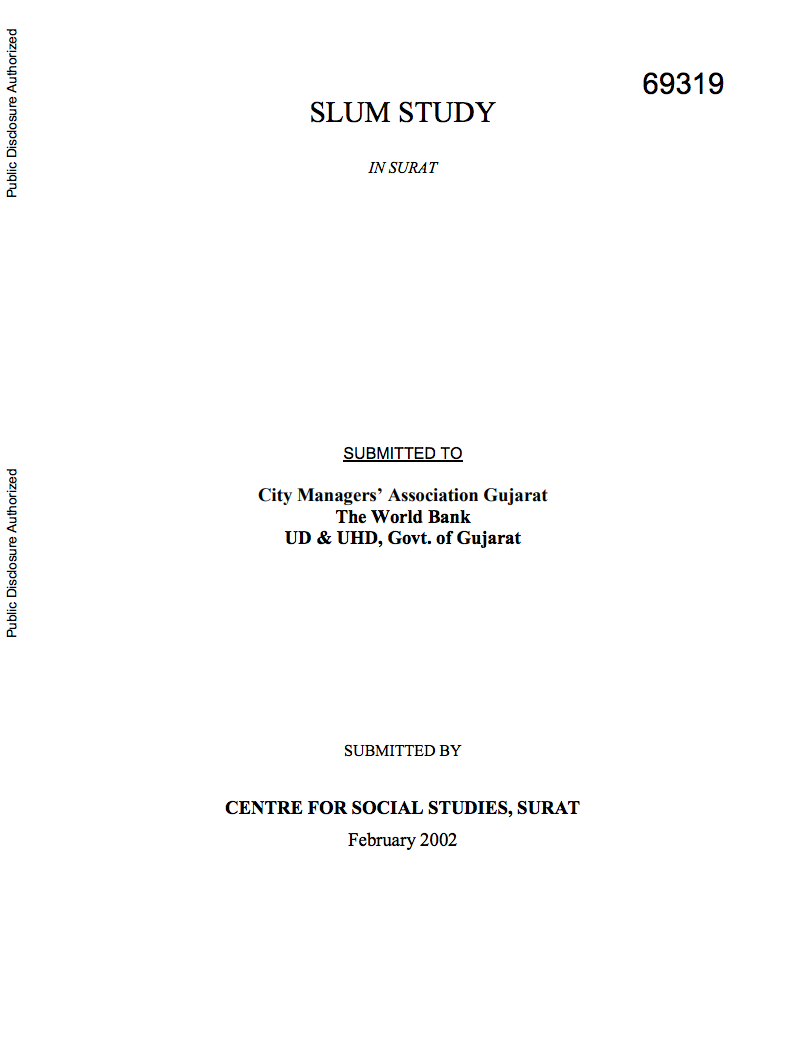Poverty Reduction Strategies and Environment : A Review of 40 Interim and Full Poverty Reduction Strategy Papers (PRSPs)
This review systematically assesses the
focus of Poverty Reduction Strategy Papers (PRSPs) on
environment-related issues. A total of 40 Interim and full
PRSPs from countries in Africa, Latin America and Eastern
Europe, the Middle East, Central and East Asia are reviewed.
Four major questions: are posed: (i) What issues of
environmental concerns and opportunities are identified in
the PRSPs?; (ii) To what extent are poverty-environment


